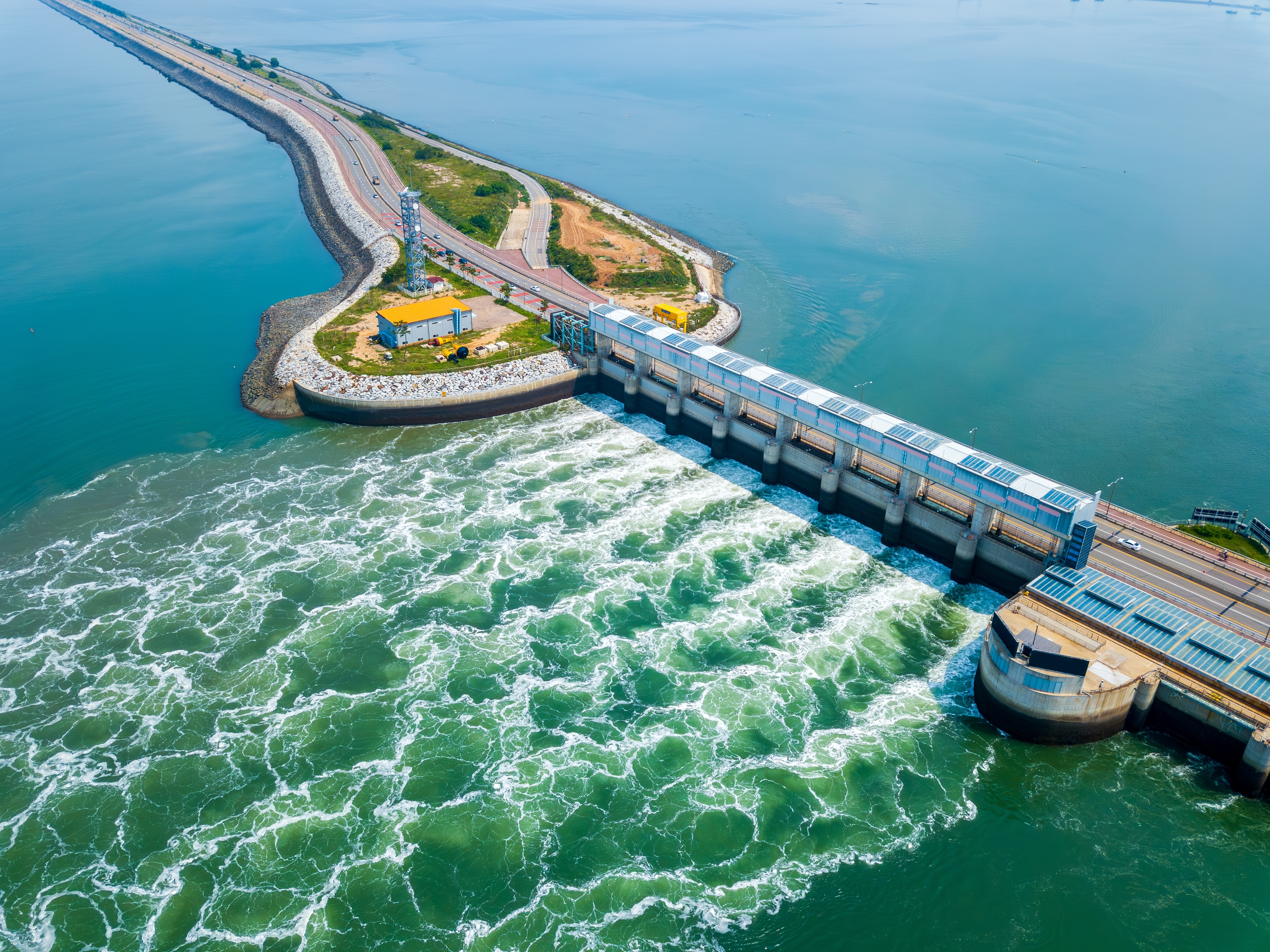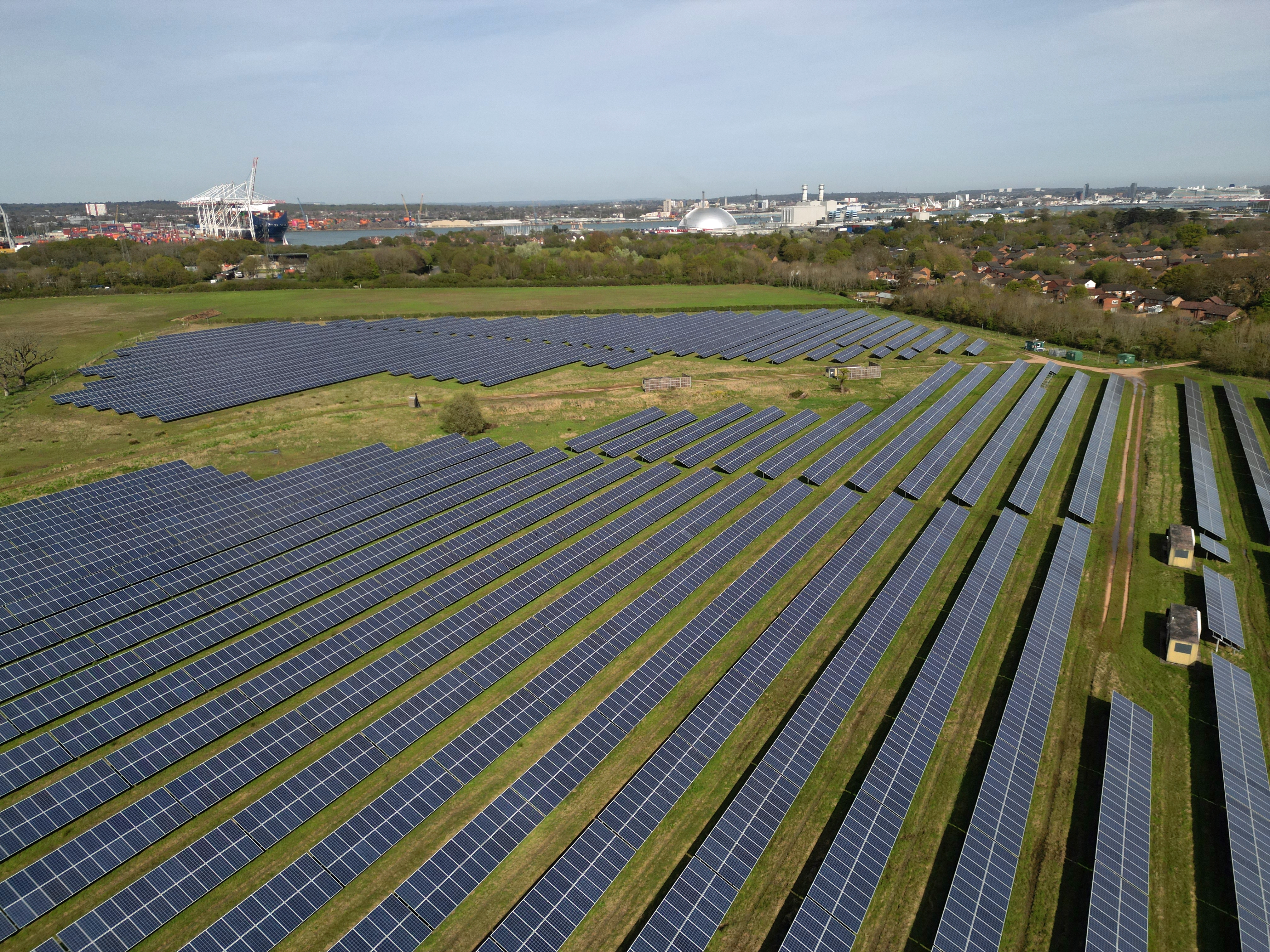Here we go again: the annual end-of-year COP fandango is upon us. This particular Conference of the Parties (signatories to the original Framework Convention on Climate Change back in 1992) happens to be in Brazil — generally deemed to be a more sympathetic host country than its two petrostate predecessors Azerbaijan and the United Arab Emirates.
That may be true (although rates of deforestation in the Amazon are on the up again), but COP30 will be just as resounding a failure (as in making not a ha’p’orth of difference) as the 29 other COPs that have gone before it.
There are many reasons for this: geopolitical, financial, technological and so on. But I want to look at one aspect that rarely gets mentioned: almost every single delegate at COP30 will be focused on dodgy data – on things like the targets set by governments through their revised Nationally Determined Contributions, or on average temperature increases projected through to the end of the century (1.5°C and all that jazz), or on endless attention-grabbing voluntary initiatives about this, that or the other technology or nature-based ‘solutions’.
Distractions, diversions, manufactured rows, performative breast-beating, competitive outrage, maybe even some tears if we’re lucky: we’re in store for all that and a lot more from COP30. Meanwhile the data that really matters (the ONLY data that really matters) will remain neglected on the sidelines, overlooked partly through ignorance but mostly by design.
Please don’t think this is just a technical debate of little importance to anybody other than the climate geeks. Climate deniers, climate delayers, climate sceptics and (even more worryingly) a huge number of mainstream climate scientists who really should know better, have been cooking the climate books for years – with much of this data corruption driven by the fossil fuel companies and the usual motley crowd of billionaires like Bill Gates.
Having spent many years posing as a champion of climate action, Bill Gates has finally come out in his true ‘delayer’ colours. In a pompous letter on October 30th, he suggested that delegates at COP30 should stop obsessing about emissions reductions and concentrate instead on “growing economies in the developing world because health and prosperity are the best defence against climate change”.
This is so wrong, on so many counts! Not least because accelerating climate change is killing more and more people every year, as powerfully confirmed by the latest Countdown from The Lancet Journal: “rising global heat is now killing one person a minute” — that’s around 500,000 a year. And the World Health Organisation recently warned that a warmer climate could lead to an additional 250,000 people dying of infectious diseases every year, including malaria, dengue, Zika and chikungunya.
Somewhat predictably, the world’s Denier-in-Chief , Donald Trump, absolutely loved it:
“I (WE!) just won the War on the Climate Change Hoax.
Bill Gates has finally admitted that he was completely WRONG on the issue. It took courage to do so, and for that we are all grateful. MAGA!!!”
I guess it takes one know-all climate plonker to recognise another. Bill Gates’s track record on climate matters has been appalling, ever since he fell in love with that arch-climate-plonker, Bjorn Lomborg, back in 2009. At first, he put the changing climate down to “natural cyclical variations”; then he argued that renewables would never cut it because they would always be more expensive; and his latest “don’t panic” trope is that nuclear power will sort it all out for us.
None of this would matter if Bill Gates didn’t have such massive influence as a tech-billionaire. Worse yet, he and many other tech-billionaires have used their wealth deliberately to obscure the ‘whole truth’ about the climate crisis – for example, by handsomely funding organisations like Our World in Data (OWID).
This publication/think tank was set up in 2011 by an enthusiastic neoliberal capitalist called Max Roser – and OWID’s ideological convictions permeate the totality of its output on a host of big-picture issues – much to the delight of the funders like the Cato Institute, the American Enterprise Institute, The Foundation for Economic Education, the Institute of Economic Affairs, as well as Bill Gates (its biggest donor), Elon Musk et al.
It’s in places like this that the process of ‘data corruption’ (I’m using that term metaphorically, as I’m sure you’ll understand!) can be seen at its most insidious. OWID’s graphics and data don’t lie; they’re just ruthlessly selective, highlighting only those trends and single data points that best affirm the supremacy of free market, neoliberal economics.
In the world of climate change, OWIDs most celebrated spokesperson is Dr. Hannah Ritchie, author of ‘Not the End of the World’ and, in September this year, ‘Clearing the Air’. Ritchie’s approach is pretty simple: “I’m convinced that if we’re to make progress on climate, we need to lift the cloak of pessimism”…. and to look out for “the signs that things are getting better”. To be fair, she performs that task with commendable eloquence – but then pretty much ignores all those pessimism-inducing signs that tell us something very different: that we’re still heading towards a hell hole of a world with an average temperature increase of at least 2.7°C in the second-half of this century.
Andrew Ahern (a prominent eco-socialist) wrote an excellent review of ‘Not the End of the World’ for Sublation magazine and concluded that Ritchie had carved out “a comfortable niche for herself making graphs to flatter the global elite”. In a subsequent interview, he suggested that “Ritchie is a young, cheery and intelligent person that the capitalist class can prop up to try and propagandise young people”. (Which, on reflection, is even more patronising than my characterisation of her as “Happy Hannah”, for which I got roundly ticked off!).
OWID’s climate data will influence much of the debate at COP30. All those ‘obstinate solutionists’ on hand will be exhorting fellow delegates to ‘keep 2°C alive’ (now that 1.5°C is definitively dead and buried); spurious reasons for ‘residual optimism’ will be endlessly flagged; the hugely inspiring (and it really IS inspiring! — see recent blog ‘Here Comes the Sun’) will be seized on as a clear indication that fossil fuels are on the way out – even though more coal was burned in 2024 than in any previous year (as well as more oil and more gas), even though 2024 saw the largest ever annual increase in concentrations of CO2 in the atmosphere, even though… even though…
For me, this has become more and more sickening by the year — another triumph for the fossil fuel incumbency and for today’s global elites. The very least we should expect of this annual blah-fest is agreement on which scientific measures really matter, alongside an annual report card (or Dashboard) telling us how well we’re doing against those measures.
The world of climate indicators can get super-geeky – just one of the reasons why the vast majority of people still have no idea just how deep in the climate doo-doo we really are. So, at the risk of over-simplifying, here is my take on the ten indicators that really matter, working my way logically from inputs into the global economy, and then on to the consequences of those inputs (otherwise known as outputs!) through to the actual biophysical impacts, or outcomes.
INPUTS
- Capital Flows
How much new investment ($trillions) is still going into fossil fuels?
It is, of course, also very important to measure new investments going into renewables (particularly solar and wind). The International Energy Agency has just announced that renewable energy will overtake coal to become the world’s biggest source of electricity ‘by the end of 2026 at the latest’. But we shouldn’t get over-excited about this: it won’t actually matter as much as you might imagine until new investments in fossil fuels start coming down!
2. Subsidies
Yes, right up at No. 2 — given the governments the world over keep pumping trillions of dollars into supporting fossil fuels, even as they seek to persuade their citizens how worried they are about the climate crisis. (There is, truly, an even-toastier place in Hell for climate hypocrites than for out-and-out climate deniers).
3. Rates of deforestation
This is the best proxy measure we have to represent all the ongoing and incalculable assaults on the natural world. And while some progress has been made in some countries, today’s more intense and more frequent wildfires (caused largely by accelerating climate change!) are cancelling out some of the gains that have been made in reducing deforestation.
OUTPUTS
4. Emissions from the burning of coal, oil and gas
Pretty critical, obviously. You may be thinking that there’s been so much focus on fossil fuels over recent years that those emissions are bound to be coming down. Sadly, not so: in 2024, emissions from the consumption of coal, oil and gas all hit new highs. Not even a plateau in sight, let alone a long-anticipated decline.
5. Emissions from plastics, cement and steel
Ditto the above!
6. Emissions from the consumption of meat and dairy products
Let’s be clear here: the annual COP fandango took 27 of its 29 of its 30 annual appearances even to acknowledge that fossil fuels are the principal cause of the climate crisis. Consumption of meat and dairy products has warranted barely a mention during all that time. But it’s a massive contributory factor – so let’s at least get it on the Dashboard!
OUTCOMES
This is where it gets interesting!
7. Total greenhouse gas emissions
We’re very used to this one: how many billions of tonnes of combined greenhouse gas emissions (primarily CO2and methane) have ended up in the atmosphere compared to the year before. I’m duty bound not to get too technical in this particular blog, so all that matters is whether our Dashboard shows things still going up or starting to come down. Guess which it was in 2024?
8. Concentrations of CO2 in the atmosphere
Ditto the above!
9. The Global Carbon Budget
The Carbon Budget is an estimate of the amount of greenhouse gases we can ‘afford’ to emit, on an annual basis, still to have a reasonable chance of maintaining a stable climate. Our Dashboard would reveal whether we’re staying within our annual budget – or exceeding it. This is a beautifully simple measure, which is probably why politicians hate it!
10. The Earth’s Energy Imbalance (EEI)
This is the big one – both physically and politically! It tells us the difference between the energy the earth receives from the sun, and the energy it radiates back into space. Over the long term, they need to be in balance; in the short term, unfortunately, the difference between them is getting bigger every year, with that imbalance doubling over the last two decades. This all important indicator is NEVER talked about!
In conclusion ….
Everything else can basically be set aside. Politicians’ promises: mostly worthless. Corporates strutting their climate credentials: mostly despicable. Endless deliberations about the computer models used by the Intergovernmental Panel on Climate Change: just so much displacement activity for world-weary scientists.
But just imagine if the COP Climate Dashboard was released a couple of months before the start of each COP, depicting ‘progress’ over the last year with suitable RAG (Red, Amber, Green) graphics, allowing citizens to get their heads around the reality of the climate crisis, and the true extent of the staggering political betrayal still going on today.
And, yes, you guessed it: this year’s Dashboard would be one great big vermilion splash!
For those interested in the details that lie behind this proposed Climate Dashboard , please refer to this Report written by myself and Robin Maynard.
06 November 2025






